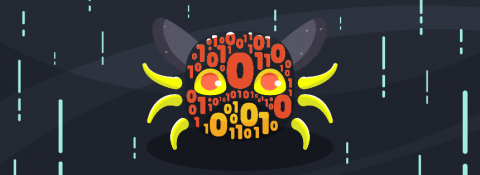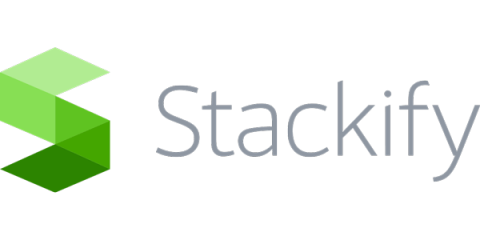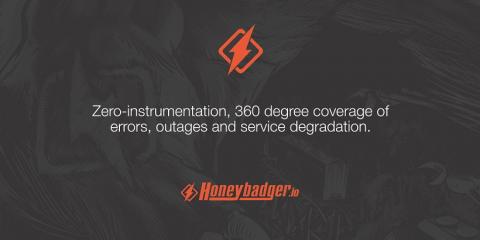What are the characteristics of a Mobile DevOps environment?
Shipping the right app with the right functionalities to the right customer, at the right time is how you boost your ranking in the app store. Some of the key steps in this process are: continuously releasing high-quality software, listening to feedback, and providing new features to users — before they even know that they want them. To achieve all of this, app developers need two main things: automation tools and a growth mindset.










